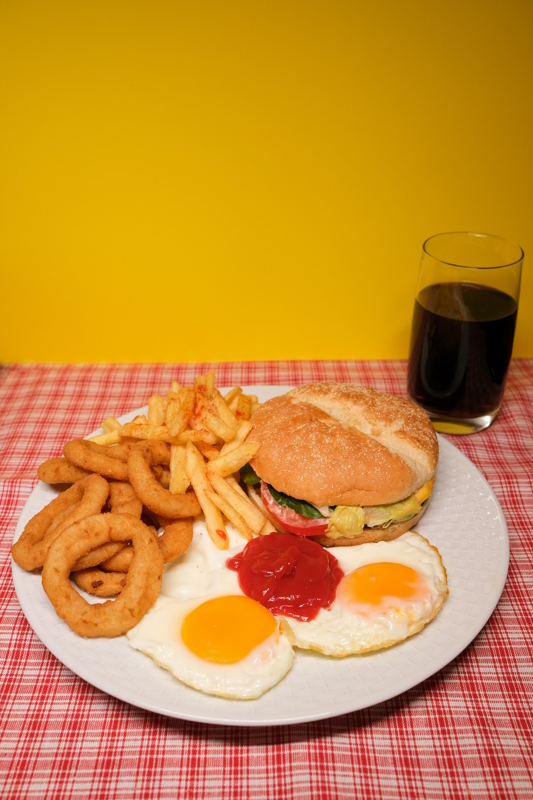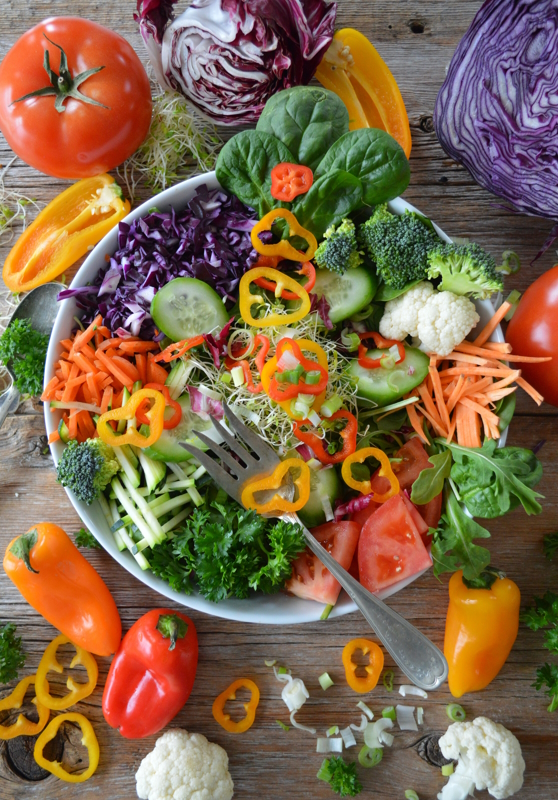After writing about heart disease in previous blog posts I wanted to write a little on Type 2 Diabetes. This is a very prevalent condition that generally effects people who are overweight or obese.
It is a cause for concern as it now effects over 5% of the Irish population (7% in the UK, 11% in US), with rates on the increase. It is also concerning as it can be an insidious disease that causes severe side effects such as loss of eyesight, arterial damage that can progress to heart disease, kidney damage that can lead to kidney failure and it can even result in amputation of damaged limbs.

Now that sounds all very concerning and it is, however if the disease is detected relatively early and treatment is started to keep blood sugar under control then much of these side effects can be limited or avoided entirely.
It is wonderful that treatments are available and now the worst of that disease can be avoided with proper medication and treatment. As I am a nutritionist I am interested in the possibility of preventing and even reversing (where possible) the disease. I believe the body has an incredible capacity for recovery and restoring health, but only when conditions are favorable.
So what has nutrition got to do with Diabetes? (Just to be clear in this article I am talking exclusively about Type 2 Diabetes (I will refer to it as T2DM from here on), the most common type accounting for 95% of Diabetes cases). Well unlike Type 1 Diabetes which results from damage to the pancreas causing loss of insulin production, T2DM is a metabolic disease caused by an over consumption of calories, resulting in an excess of body fat. The main mechanism for the pathogenesis of T2DM is increased levels of cellular fat within the liver and the pancreas, as well as the muscles of the body (the liver and skeletal muscles being the main target of insulin action and glucose uptake from the blood). Insulin is released in response to rising blood sugar after a meal, this insulin is designed to tell the liver and muscles to take up sugar out of the blood. When a person has been consuming calories excess of their bodies physiological needs, too much fat accumulates in the body tissues (specifically the muscles and liver) insulin resistance occurs in the liver and muscles, and the body struggles to reduce blood sugar levels.

Because of insulin resistance the liver and muscle cells respond poorly to insulin and the blood sugar remains high. This in turn causes the pancreas to work harder and produce more insulin in an attempt to lower the blood sugar (which if left high over time damages the blood vessels and other tissues). Over time due to the excess of calories taken in the, pancreas also begins to suffer a similar fate to the liver – too much fat accumulates in the cells of the pancreas. This results in a further complication of the disease by damaging the pancreas’ ability to produce insulin at all.
All this is very much dysfunction of the main metabolic mechanism of the body.
So from a nutritional point of view we are looking to a) prevent diabetes, b) look to reverse it when it occurs and when possible, and c) look for ways to limit the damage and even repair the damage caused by the occurrence of the disease.
a) Prevention:
This is done by limiting calorie intake – we do not want to be consuming more calories or energy than needed, as this will cause an accumulation of excess fat in the body.
We must try to understand where and how diabetes occurs. It is due to an excess consumption of calories. But how easy is it to consume calories in excess? If we look at traditional peoples, diabetes was not something that occurred very often. Why is this?
Well looking at foods that were available to people in traditional settings we see that a) they were not often very energy dense, and b) they required an expense of energy in order to acquire their energy (a wild fowl bird or fish had to first be caught and killed – costing energy), vegetable foods had to be gathered and prepared, also costing energy.
Compare this to the foods available today – we can acquire energy dense foods with the push of a few buttons on our phones, if we order a take out we can get this food delivered to our doors. The amount of calories it takes to acquire high energy foods today is so little it is almost negligible.
Also looking at the foods today we see that it is actually easier to acquire and consume energy dense foods today than less energy dense foods. It takes more energy to make a meal similar to what traditional people would have eaten then it does to acquire an energy dense, potentially fattening meal.
So we need to be preparing and eating more balanced meals if we want to lose weight or maintain our current weight and avoid unnecessary weight gain. We also need to be able to identify foods that are more balanced if we are on the traveling / on the road and cannot cook or prepare our own meals.
So eating lower energy foods keeps us from getting overweight and acquiring diabetes.
b) What about reversing the disease if you already have it. is this possible? Is it safe?
We see that T2DM is caused by excess body and tissue fat. How to we reverse this?
Reversing diabetes is as simple (and as difficult!) as losing enough weight. When we lose enough weight, that weight, that excess body fat is lost all over the body. Eventually with enough fat loss we lose the fat that is causing all the trouble in our livers, our muscle cells and our pancreas. When this occurs we restore insulin secretion in the pancreas as well as restoring and improving the response to insulin in the liver and muscle cells (one warning here is that in people who have had T2DM for a long time, even after adequate fat loss, restoration of full function of the pancreas may not be possible due to the extensive damage).
This results in better control of blood sugar and ultimately the elimination of all the dangers associated with elevated blood sugars.
In terms of safety – we need to be careful here as some people may be tempted to go on a crash diet to lose weight in a very fast time frame. While this is possible and has been done, it does come with certain risks and may result in more difficulty maintaining the lost weight if not done in a sustainable way. For this reason it is advised this method should only be followed under medical supervision. An alternative approach is also more sustainable in the long run – this means altering your diet to a one that is somewhat less energy dense yet still provides all needed nutrients, AND is appetising so you are not left struggling with cravings.
c) Reversing Damage
While stopping or reversing diabetes (type 2) means restoring insulin secretion and insulin sensitivity (the ability of our liver and muscles cells to respond to insulin by up-taking glucose from the blood), we must also consider what damage may have been caused by the disease. The type of damage from Diabetes ranges from damage to the blood vessels, organs and nerves. The fact alone that blood sugar is now controlled and within healthy levels means the body now has a chance to start healing on its own. We want to look at what we can do to help it do its job. What nutrients may we need to increase, what foods or substances we might need to limit or stop in order to support healing. As this is an entire article on its own I wont be able to go into much detail here (follow up article on reversing damage to come!). In the next article we will look at foods that contain beneficial compounds such as Polyunsaturated fats, Omega 3 fatty acids, Vitamins A, C and D, Anti-Oxidants and Fibre. All of these can help to restore order to our bodies after a chronic illness like this and may help it to recover faster.



